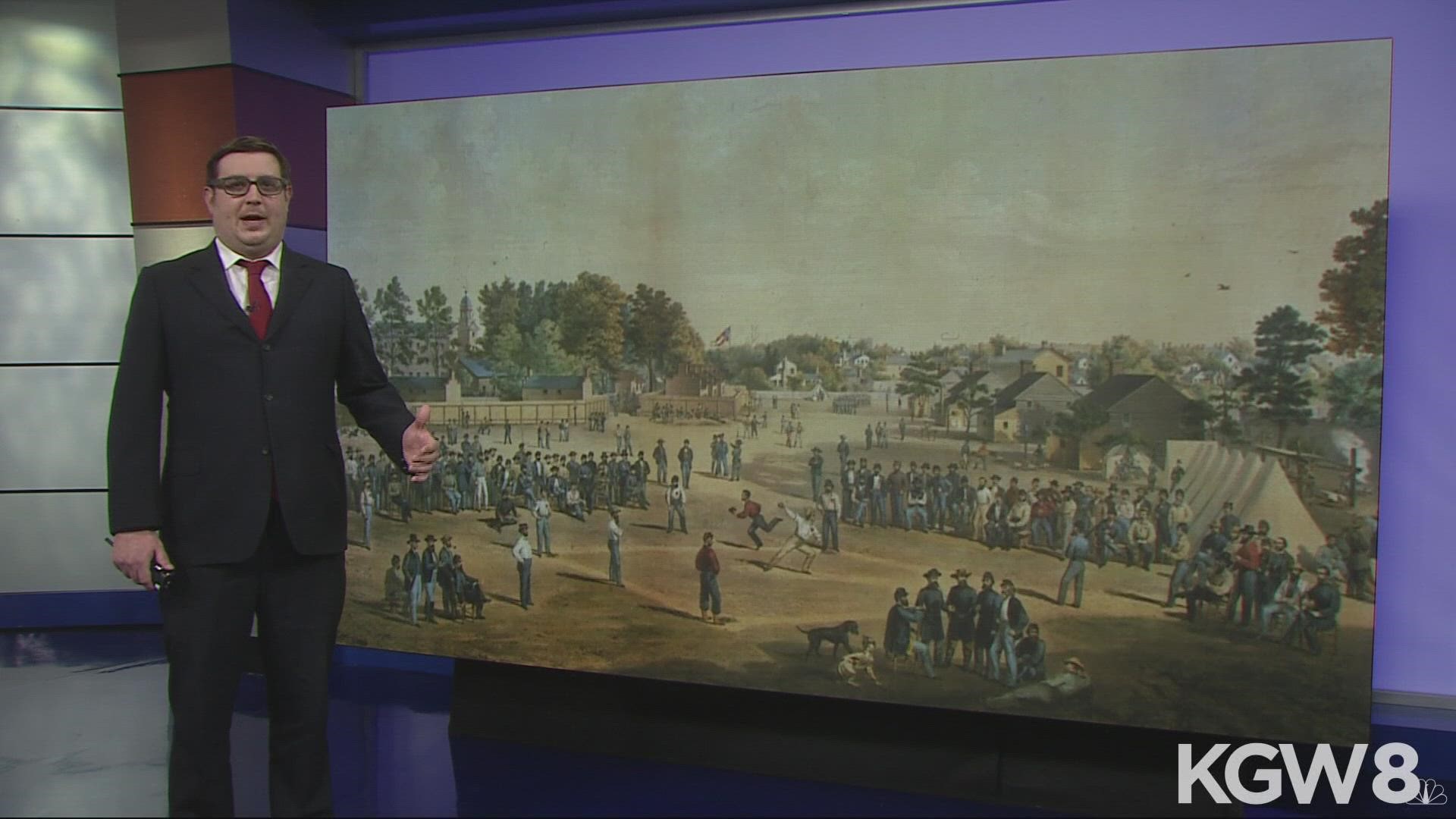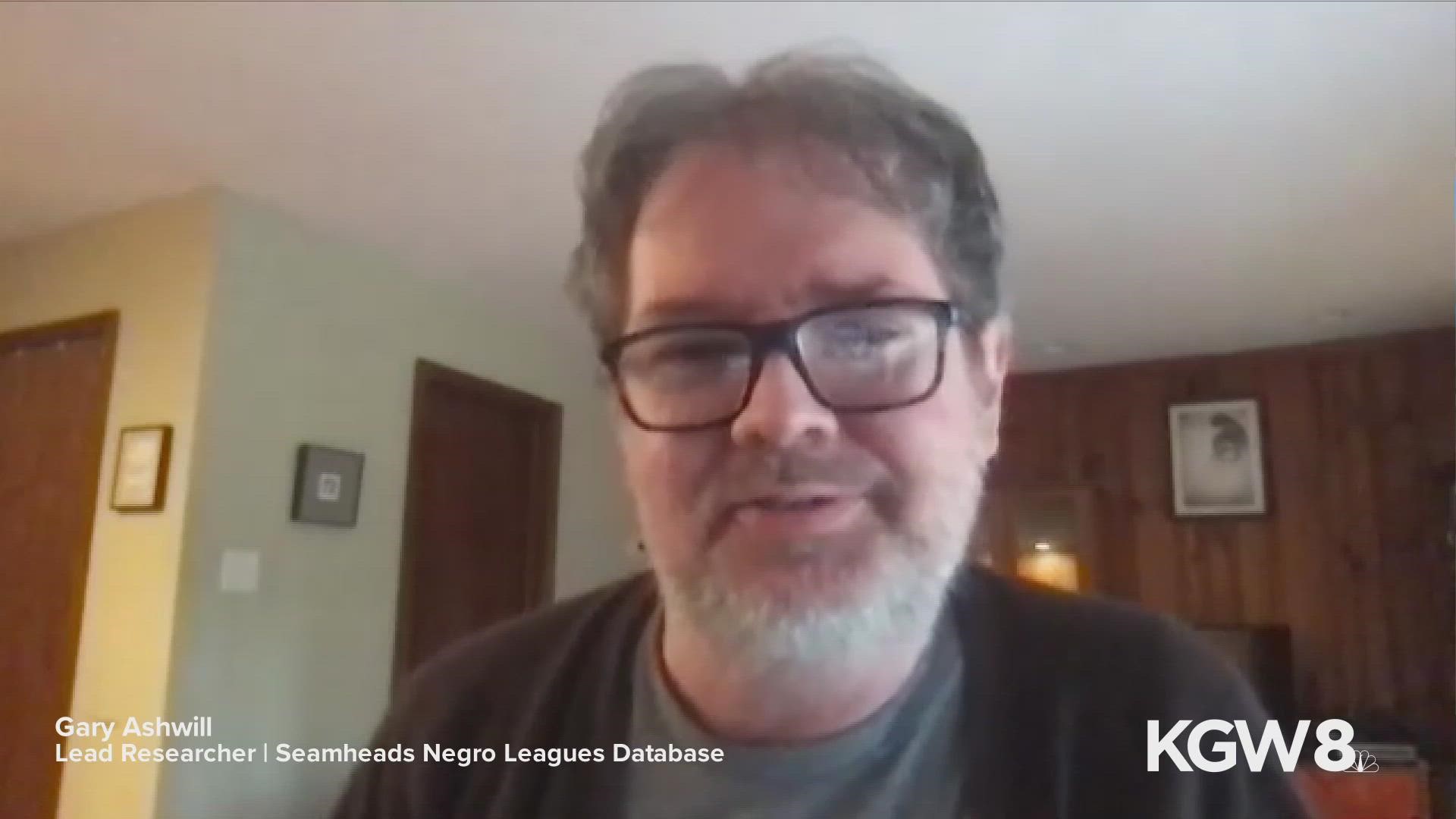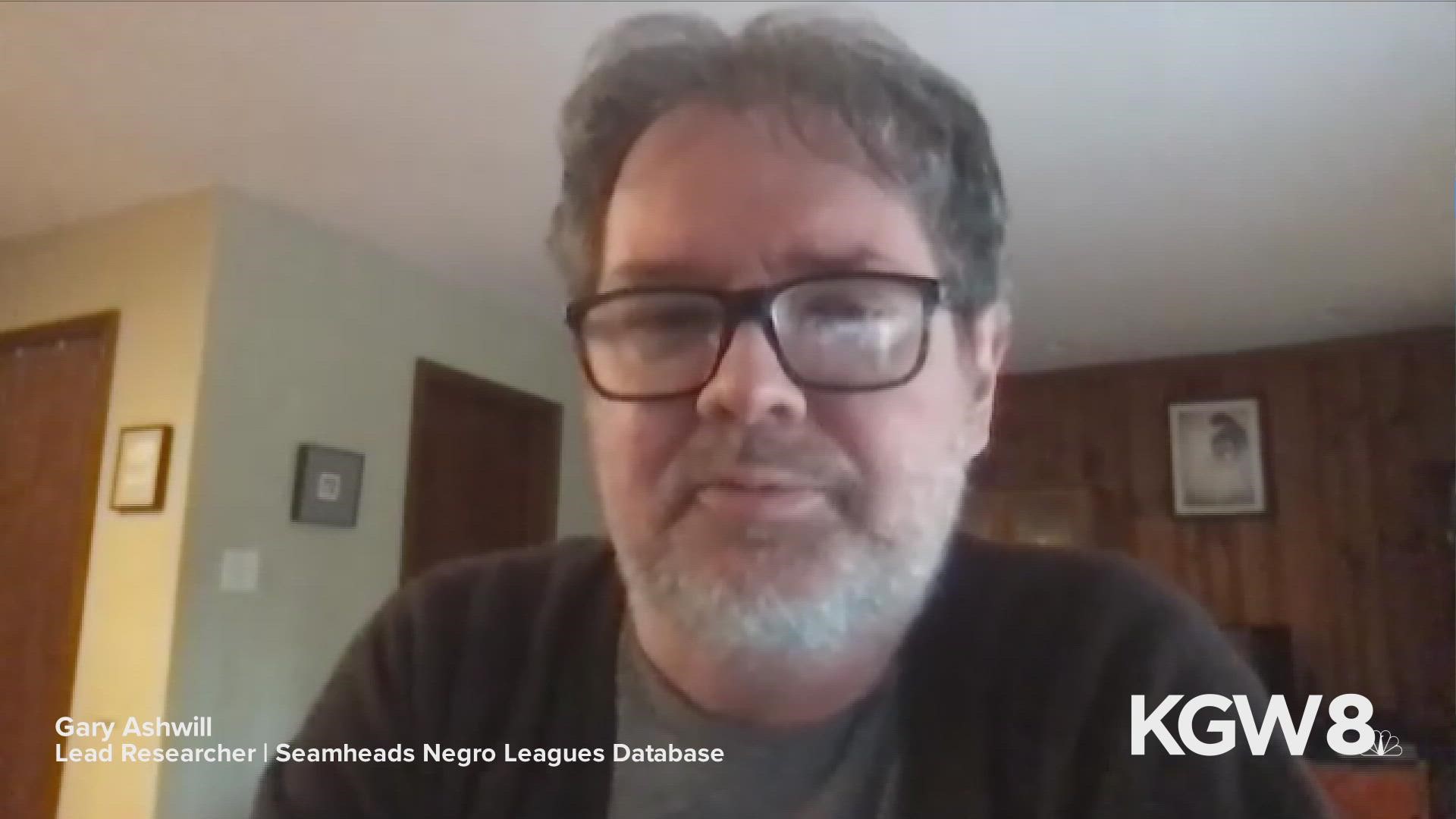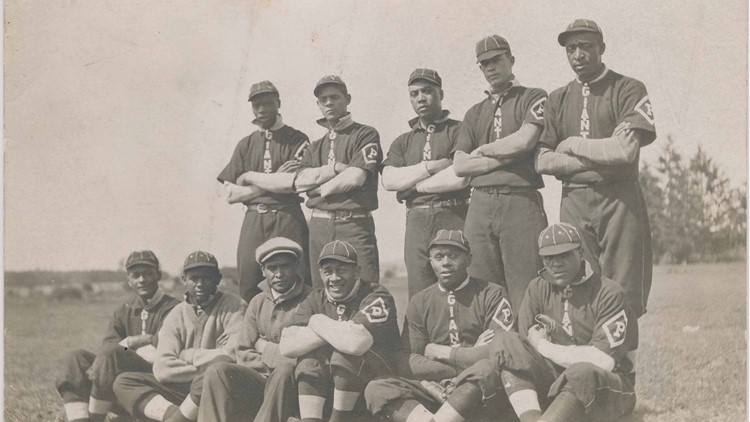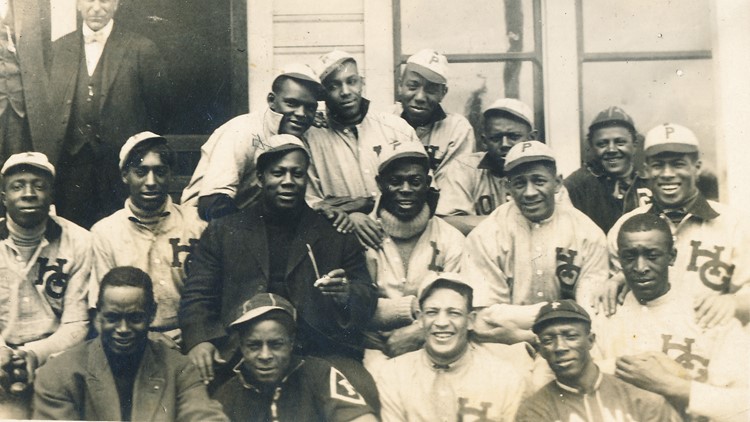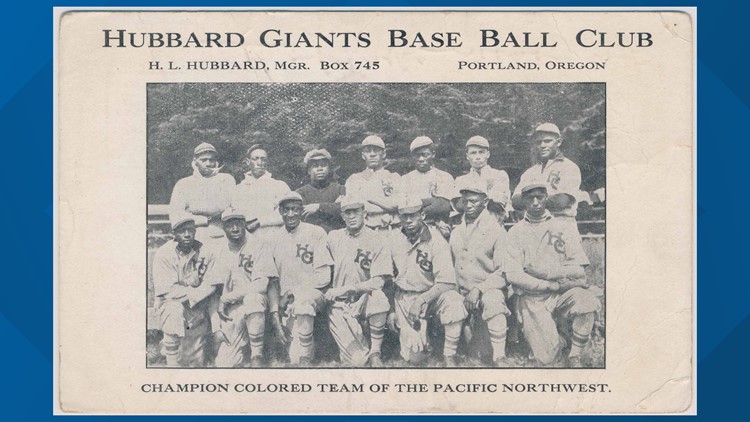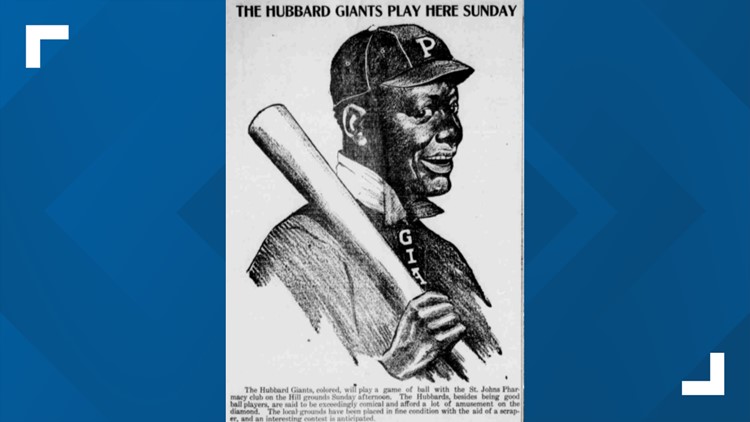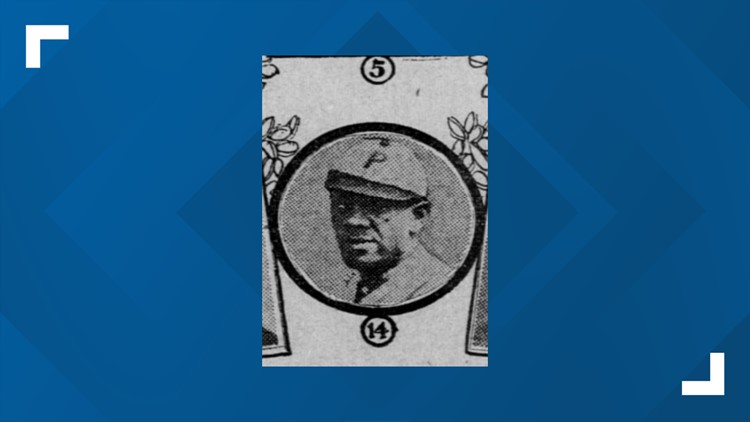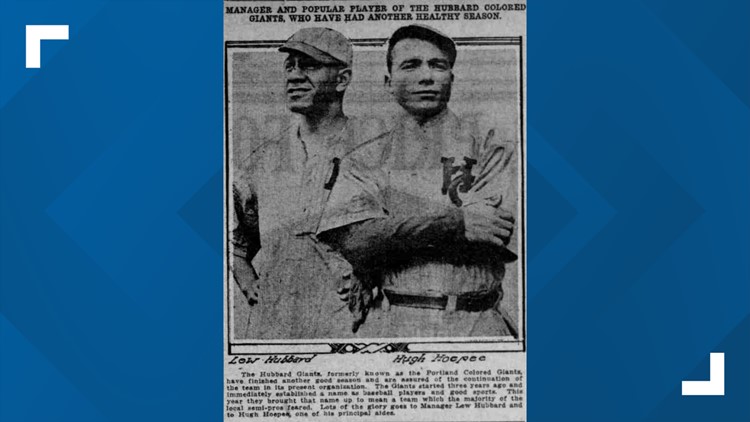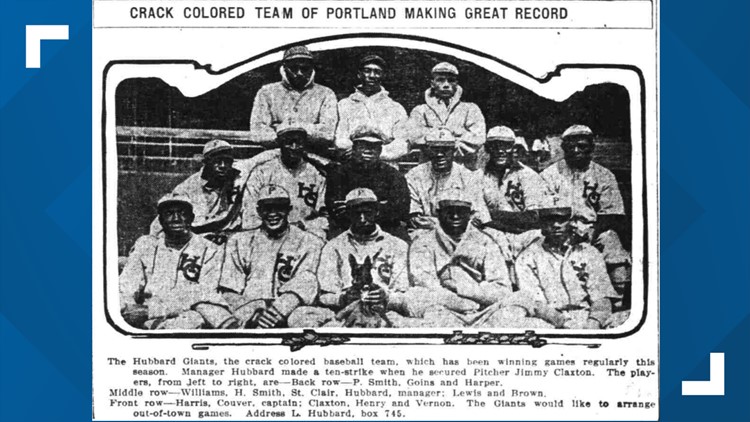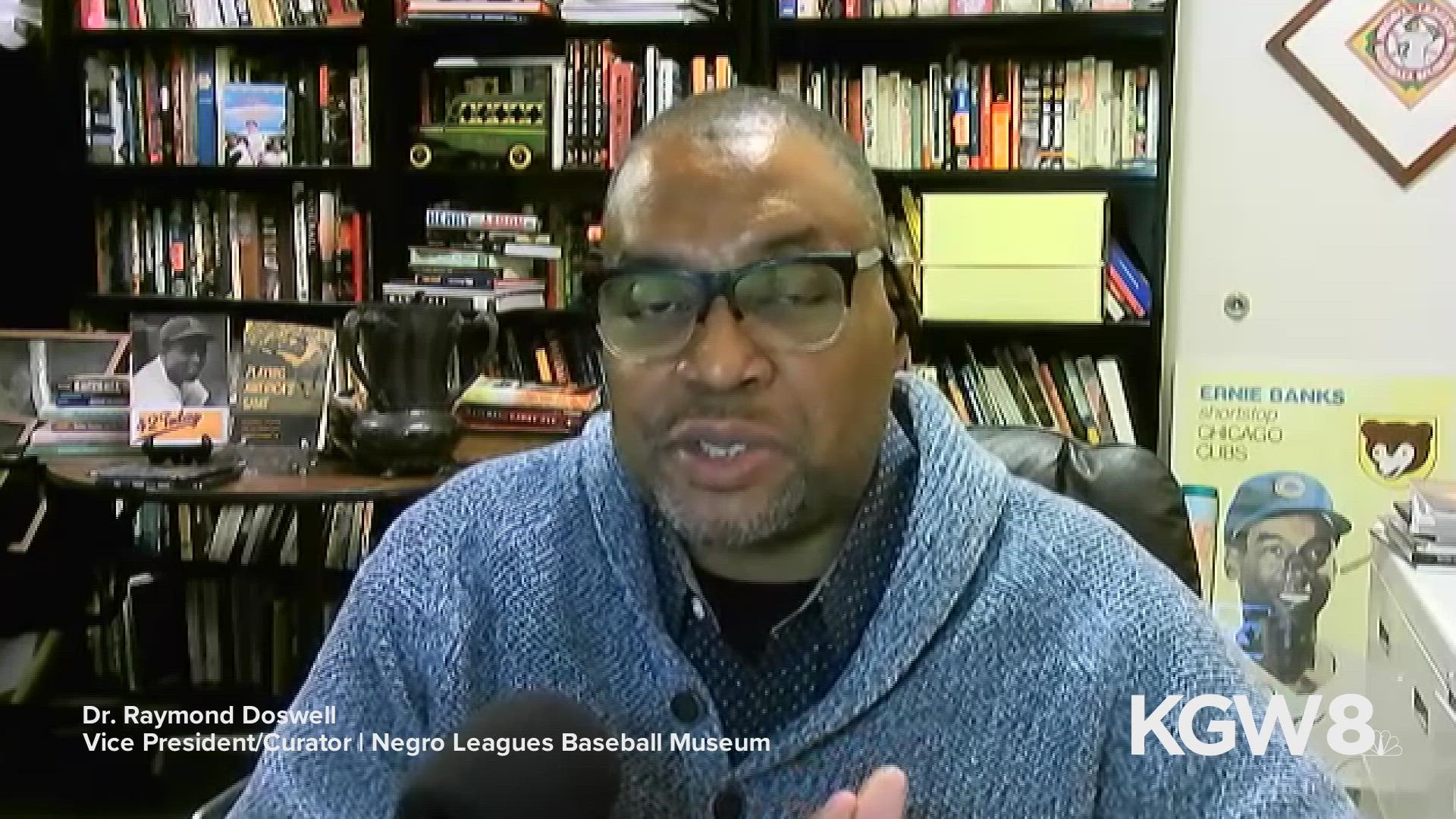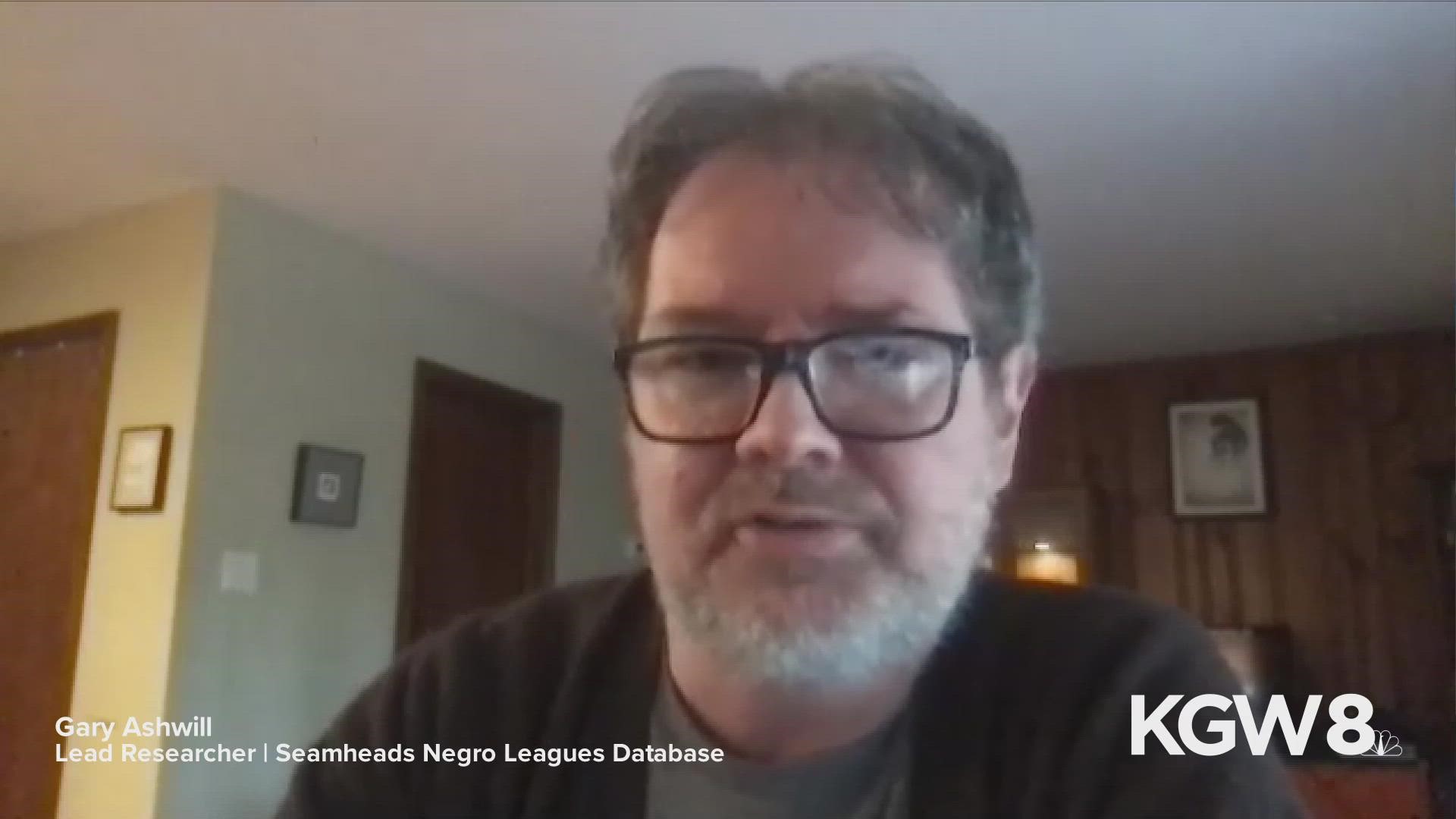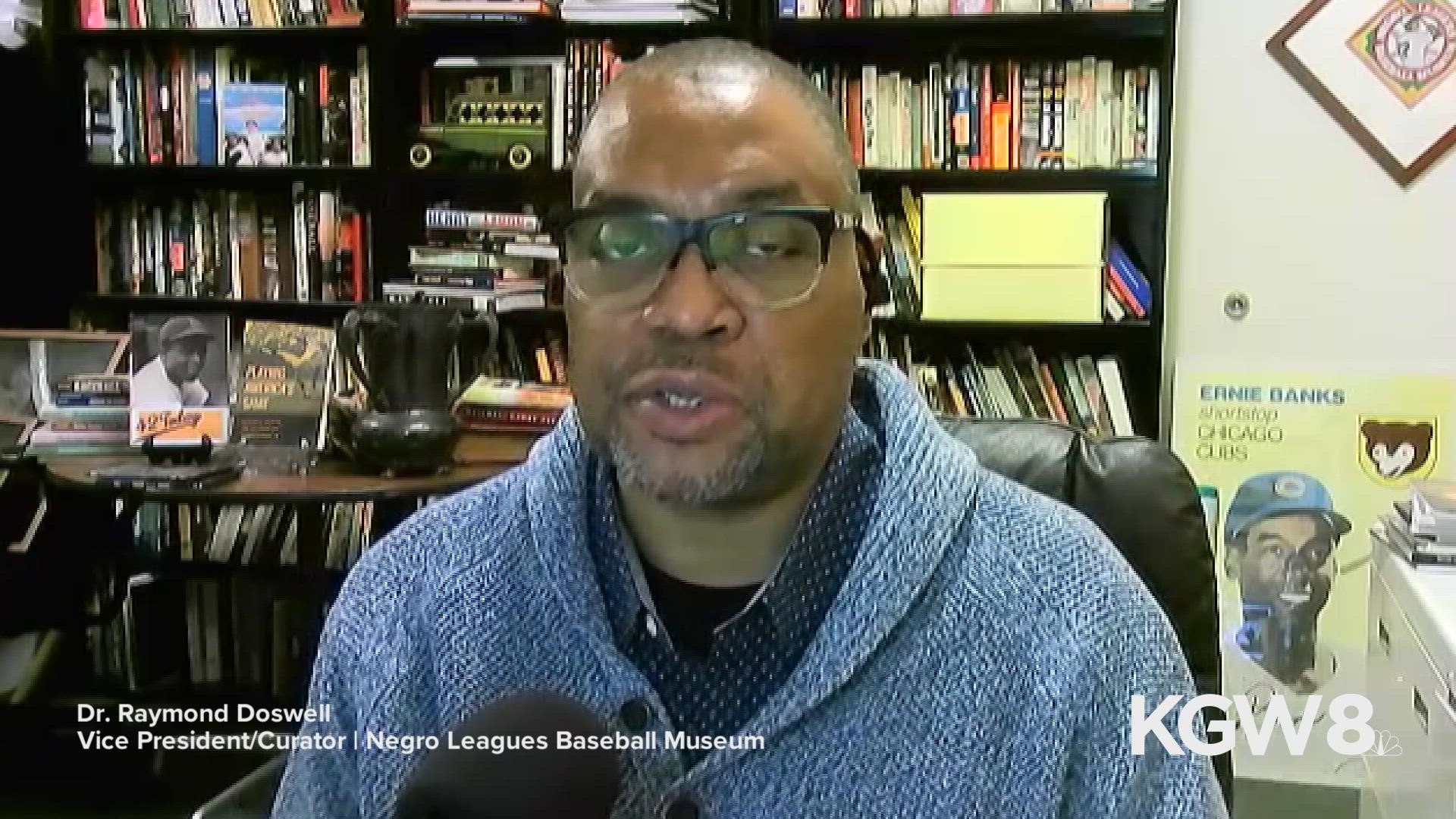Remembering the Rosebuds and Portland's African American baseball teams
Portland has a long history of baseball, but there is little known about the city's all-Black baseball teams.
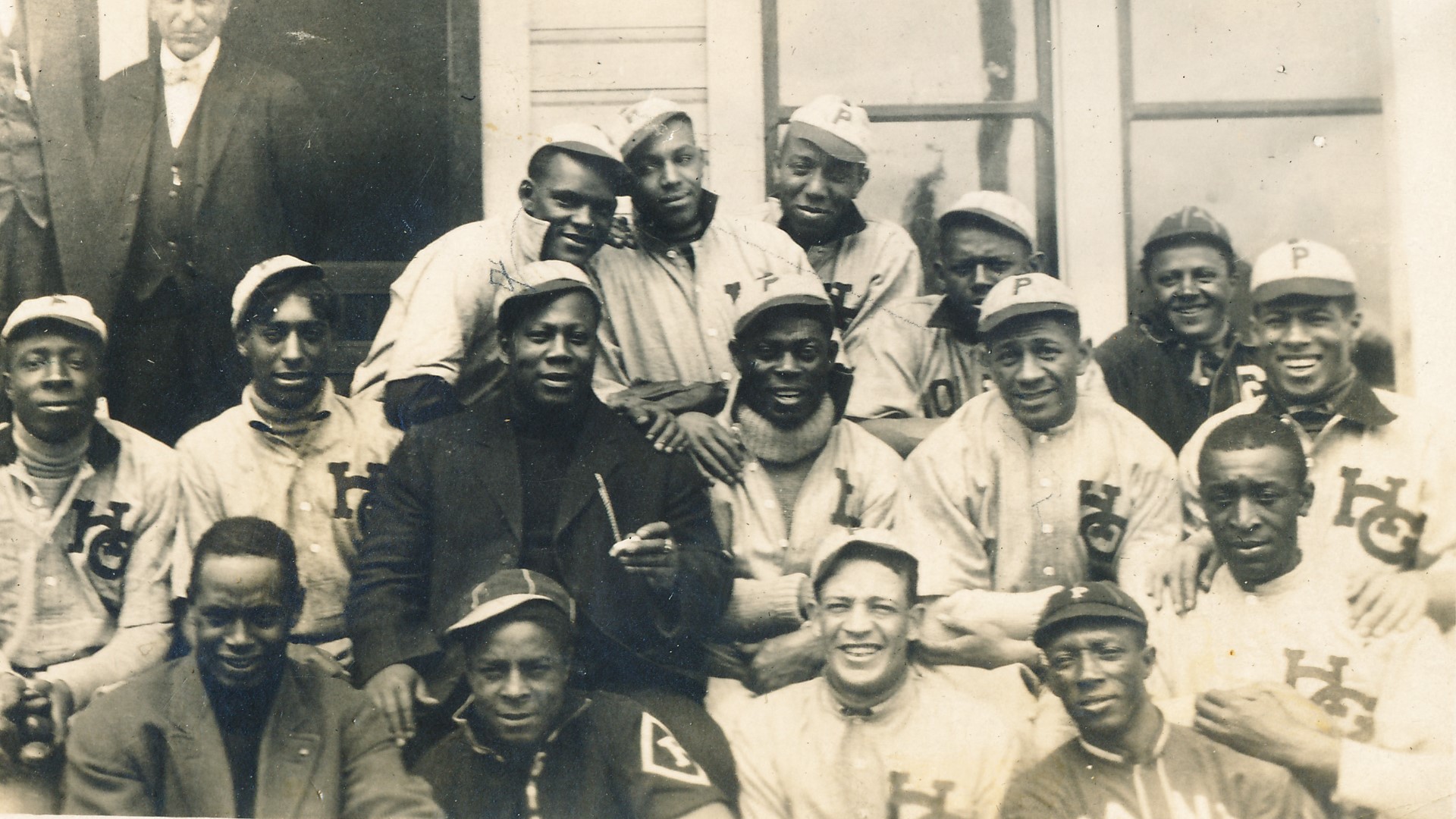
A piece of Portland's history is missing, but there is still hope more of it can be recovered.
In the early 1910s and the mid-1940s, Portland had baseball teams owned, coached and played by only African Americans. It's part of a larger section of American history that's preserved in museums and archives across the country, but the legacy tied to Portland's teams has been lost outside of the writings of a few dedicated historians who worked to preserve the story. Because of this, artifacts and the deeper tales of their time in the city are mostly gone from the historical record.
To understand the reasons why the teams were formed in the first place and the cultural relevance today, it's important to look at the whole history of baseball and segregation in the country.
Chapter 1 Baseball and segregation
According to Major League Baseball's official historian John Thorn, baseball was invented sometime in the early 19th century. It was mostly considered a child's game, but once money was introduced, professional teams and leagues began to form in different parts of the country. Learn more about the style of game that was played in the early years here:
The game quickly rose in popularity, but it came at a time when the U.S. was more divided than ever over slavery. As the country broke out into Civil War, there was a recognition by both the North and South that soldiers training for combat would need a relief from their duties. One of those activities was baseball.
Following the war, the U.S. entered an era known as Reconstruction. While lawmakers worked to pass a series of laws and Constitutional Amendments designed to integrate millions of freed African Americans into society, baseball became an unrivaled form of entertainment.
"The reconstruction era and the era immediately after Reconstruction really brought in the long-term regime of segregation across the country," said Gary Ashwill, lead researcher for the Seamheads Negro Leagues Database. "That's the biggest reason Black baseball players formed their own clubs."
However, there were some players who crossed the so-called color line before 1900. After that, the game would remain fully segregated until the 1940s.
Learn more about African Americans playing baseball between 1865 and 1896 here:
"Why did they need to form these teams in the first place?" asked Dr. Raymond Doswell, vice president of curatorial services for the Negro Leagues Baseball Museum. "Well, they loved the game, they enjoyed the game and they wanted to operate in baseball as a business. But segregation kept them out of the all-white teams and Major League teams that were forming."
Chapter 2 The Hubbard Giants
While it's conceivable there were many African American teams that were formed in Portland during this time, historians and writers have focused mostly on one Portland team during this era: The Hubbard Giants.
See historic images of the Portland Hubbard Giants
According to an Oregonian article from April 2, 1914, the Hubbard Giants numbered their uniforms with the dice game craps in mind. Pitchers wore the number 7 and catchers 11, referring to successful rolls in craps. Outside of a few images and writings, there is little known about the team and its owner. Some historians have found the team because Jimmy Claxton played for the Giants in 1914 and 1915.
"By all accounts, [Claxton] was a spectacular athlete and baseball player—known for being a pitcher and a very good hitter," said sports collector and writer Dave Eskenazi. "He played for essentially just about 30 years. [He] pitched at a high-level. Just a real workhorse, and star of just about every team he pitched on."
It was around the same time that the Great Migration began in the southern U.S., and thousands of Black Americans began relocating across the county. The influx of people combined with an economy built on segregation meant that African American culture was thriving separately from the white-owned economy. Learn more about the ties between baseball and African American economies in the 1900s and 1910s here:
Chapter 3 Formation of the Negro Leagues
By 1920, the success of African American teams was undeniable, and a group of team owners from the Midwest, led by Andrew "Rube" Foster, gathered at the Paseo YMCA in Kansas City, Missouri, to form the first all-Black league called the Negro National League.
"You have enough fans, you have enough teams and there was a push to form stronger league structures. That's what happened among a meeting of Midwestern team owners in Kansas City to form The Negro National League," Dr. Doswell said. "Having a league structure meant stability for the teams. They could have a regular schedule, they know when they can play and earn money."
Shortly after The Negro National League formed, the Negro Southern League and Eastern Colored League began forming in the south and east. The game was instantly a hit, with thousands of people attending games each week. This only stimulated Black economies even more and created more business opportunities for African Americans.
Learn more about the differences in play between the Major Leagues and Negro Leagues here:
The success of the leagues in other parts of the country eventually led to the creation of the West Coast Baseball Association, a Negro League established in 1945.
RELATED: An entire side of Topps: Boise family uncovers wall of baseball cards inside their new home
According to a speech given by Dr. Amy Essington of Cal Poly Pomona in 2016, "The members of the High Marine Social Club were trying to bring the Negro League to the West Coast to employ African Americans players and because they thought they would benefit from the demographic changes which brought an increased number of minorities to the West Coast during World War II."
Learn more about war impacting African American baseball here:
Chapter 4 The Portland Rosebuds
According to The Great Migration: The Afro-American Communities of Seattle and Portland during the 1940s by Quintard Taylor, about 25,000 African Americans migrated to Seattle, Washington and Portland in the 1940s. Many of them came to work in defense industries. In Portland specifically, the African American population grew from less than 2,000 people to just under 10,000 in a 10-year period. Taylor wrote: "The migration brought positive changes including the visible increase of Black political influence, the strengthening of civil rights organizations and Black-related service groups and the enactment of anti-discrimination legislation."
Many of those making the way to Portland likely lived in the Guild's Lake Courts. The massive housing project in Northwest Portland was the eighth largest housing project built at the time in the U.S.
Just like with the Hubbard Giants, there is little known about the Portland Rosebuds because of poor record keeping and the short length of the league's existence. What is well documented is the team was owned by track star Jesse Owens, they played at Vaughn Street Park in Portland near Northeast 25th Avenue and Northeast Vaughn Street and the team was filled with other Negro League players moving west for a new opportunity. Players like Alphonse "Blue" Dunn, Al Jones, Collins Jones and Eugene Hardin.
Some historians believe there could be more artifacts and images related to the Rosebuds in Portland or around the country. They could be in old photo collections, inside cedar chests or locked in storage units.
Chapter 5 Integration of Major League Baseball
While the organizers and owners linked with the West Coast Baseball Association thought their baseball teams would thrive like those back east and south, the timing was too late.
According to the same speech by Dr. Essington, just three days after the league was announced, "Branch Rickey signed Jackie Robinson to a contract with the Brooklyn Dodgers organization. This contract signaled a change in professional baseball. A change that would mark a larger social change in American society."
Learn more about the downfall of the West Coast Baseball Association here:
Eventually, all of the Negro Leagues succumbed to the integration of baseball. While Jackie Robinson's rise into the Major Leagues signaled a change in American culture, it began to erode the strong economic ties between African American baseball teams and Black communities across the country, essentially wiping out decades of economic growth.
The Major Leagues could pay players better than the Negro Leagues, and fans began to shift their attendance from the Negro Leagues to the integrated product from the Major Leagues.
Learn more about integration of baseball here:
There are significantly more resources available for anyone looking to learn more about the Negro Leagues. You can watch YouTube videos about the subject on the Negro League Baseball Museum page or check out the groundbreaking documentary by Ken Burns.


